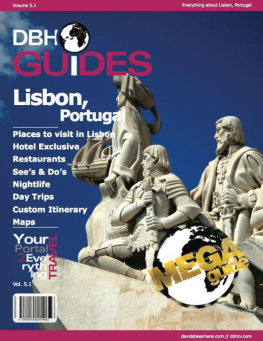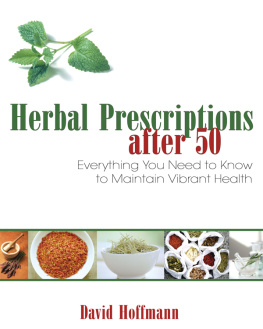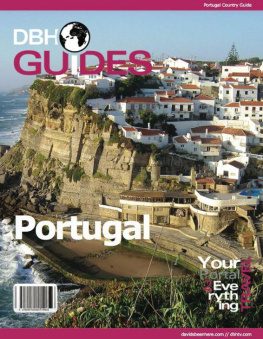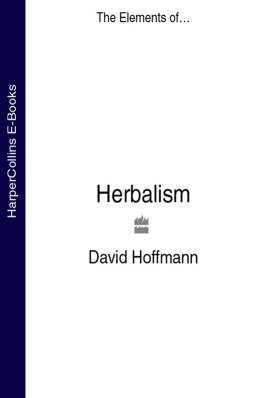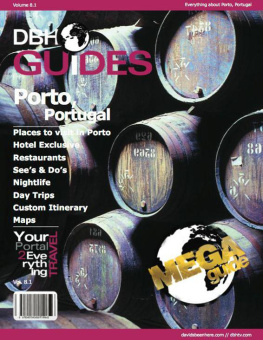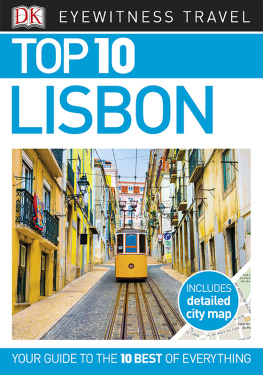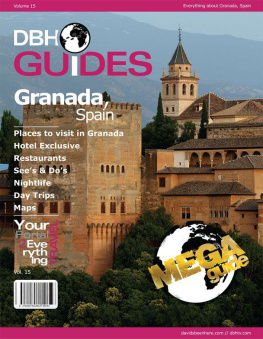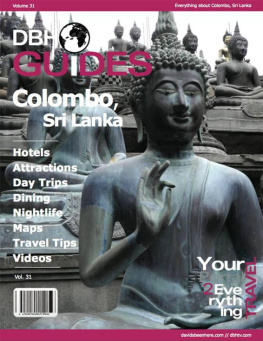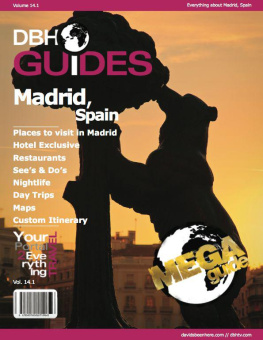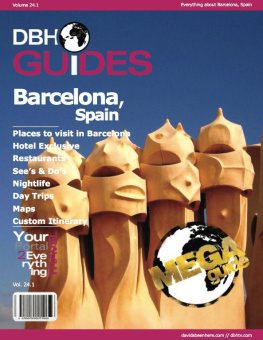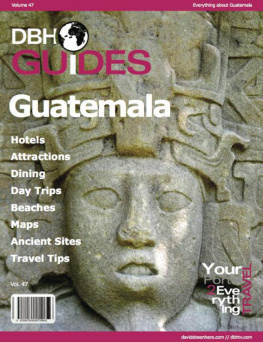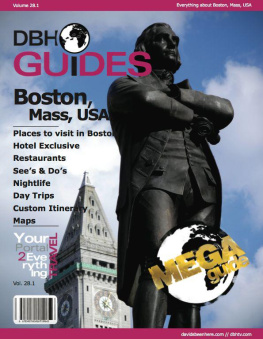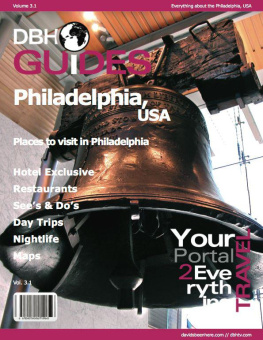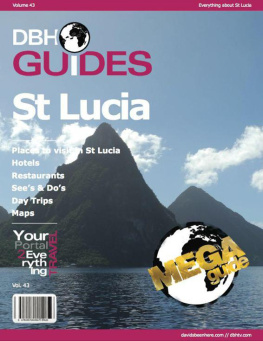Table of Contents
________________________
Country Intro
__________________________________

The Portuguese Republic is the westernmost country of mainland Europe and is situated on the Iberian Peninsula. Further to the west, the Azores and Madeira archipelagos also form part of the Portuguese Republic. Like its neighbor Spain to the east, Portugal has been inhabited for millennia since the Stone Age. Later on, Celtic tribes that migrated from central Europe came to control much of the Iberian Peninsula for more than six hundred years until the arrival of the Romans in the year 218 BC. The Romans were attracted to the fertile soil and Atlantic Ocean access that the western lands could provide them, thus the Latin title Portus Cale (Big Port) was born.
Fast forward to the Middle Ages, when an Islamic force from North Africa began conquering the peninsula then known as Hispania and establishing kingdoms collectively known as Al-Andalus. The Moors dominated the land until the centuries-long Reconquista movement (718-1492) eventually drove them out of Spain and Portugal for good. During the Reconquista, several Christian kingdoms were able to emerge. At first, Portugal formed part of the Kingdom of Galicia, but eventually gained its independence. On June 25, 1139, Afonso Henriques proclaimed himself the first monarch of the land, becoming King Afonso I of Portugal.
Weather
Portugal has a temperate, Mediterranean climate with a particularly wet winter season. During the summer months, visitors enjoy 11 to 12 hours of sunshine and breezy conditions, especially in coastal cities like Lisbon and Porto. Areas north of the Tagus River are hilly while the land south of the Tagus is flat. Portugal is an ideal destination for Americans. In less than seven hours one could fly from New York City to Lisbon, and the country boasts hundreds of unforgettable experiences. With a host of stunning beaches, megalithic sites, energetic cities, wineries and medieval castles, who would ever want to leave?
Culture
Portuguese culture is a unique blend of folk traditions that vary by region. The arts, particularly music, form a huge part of the national identity. Fado music is by far the most iconic genre of Portuguese music. Characterized by passionate lyrics about love and loss, a melancholy tone and seductive guitar sounds, a live Fado show is a cant miss experience when in Portugal.
Cuisine
While largely influenced by its position in the Atlantic Ocean, Portuguese gastronomy varies significantly by region, giving foodie lovers reason to rejoice. While the Southeastern Alentejo region is known for its aromatic soups and pork dishes, the Centro region is known for its hearty goat recipes. Lisbon packs a punch with a remarkable selection of fresh seafood and scrumptious pastries like the famous Pastel de Belm tart. No trip to Portugal is complete without sampling some of the countrys renowned wines. Few know that Portugal actually produces more types of wine than Spain. In recent years, wine tourism here has boomed due to the abundance and rich flavors of wines like Port, Bairrada, Verdelho, Verde, Bucelas, Ribatejo and Douro.

City Intro
__________________________________

Legend has it that Lisboas name came from a Portuguese word for safe harbor. Nestled at the western edge of Europe and featuring multiple architectural styles, many travelers find Lisboa an ideal location to drop anchor, explore history and sample regional cuisine along its many cobblestone streets. Ranked as the worlds 10 th oldest city, Lisboa traces its roots back to the Phoenicians, who settled it approximately 3,000 years ago. Over the centuries, the Greeks, Romans, Moors and Christians moved in, each leaving their own cultural marks upon the city the western world refers to as Lisbon. When Phoenicians settled Lisboa about 3,000 years ago, they named the city Alis Ubbo or, Delightful Shore. Three major earthquakes struck the city in 1755, and afterward, city leaders rebuilt and restored Lisboa.
Today, Lisboa is Portugals capital as well as its largest city. Located on the north banks of the River Tagus with the Atlantic Ocean to its west, Lisboa is known as a hub of finance, international trade, tourism, and the arts.
Even though Lisboa sits atop seven hills, the city is simple to navigate. Its streets are laid out on a simple grid, and public transportation includes buses, trams (easy to spot in their eye-popping yellow shells), trains and an international airport. Local transportation is efficient and allows for convenient travel across the city and to surrounding areas. If you choose to walk, Lisboas steep and narrow streets will give your legs a workout, so pack comfortable walking shoes.
The city, with a population of almost 550,000, has several distinct neighborhoods to explore. Alfama is the historic section of town, the central area of Alcntara hosts much of its nightlife, and Bairro Alto is the residential, entertainment and shopping district.
The many museums, parks and gardens make Lisboa a European must-see. It is also the perfect destination for the nocturnal-loving tourist seeking a lively nightlife scene. The weather in Lisboa makes for an ideal vacation spot with its mild winters and hot summers. For instance, December temperatures average a low of 48 degrees F (9 C) and a high of 58 F (15 C), with June averaging a low of 60 F (16 C) and a high of 76 F (25 C).
Make sure you visit a local spot to experience a bit of Fado. We recommend several day trips in this guide that are ideal to soak up the regional Portuguese scenery and quaint little towns, as well as music.
In this guide, you will find all of the attractions I recommend for Lisboa. I experienced all of them during my visit to Portugal in November 2010. As part of a new feature in our 2012 DBH Guide series, at the end of this guide you will find a sample 5-day itinerary for your trip.
The following websites are invaluable resources for first time visitors:
www.visitportugal.com
www.portugal.com
www.golisbon.com
LX Boutique Hotel
__________________________________

Upon entering the LX Boutique hotel, you will see how it has earned its four stars. Every floor has original painted wall murals that capture the hotels modern vibe.
The LX Boutique has five distinct floors with very different themes, but each represents anaspect of the city. The first floor, Tejo, incorporates elements of the Tagus River, making guests feel as though they are relaxing on the shore. The second floor, Bairro Alto, has a theme of the old district. 7 Colinas floor, or the third floor, symbolizes the seven hills that Lisboa lies on. The fourth floor, Pessoa, is decorated with books dedicated to the Portuguese poet Fernando Pessoa. My room was on the fourth floor and was an incredible experience. The bed was enormous and instead of a headboard there was a mural of a life-sized library full of books. They looked so real I thought I could touch them and I actually had to do a double take when I first noticed it. The backdrop of the faux bookshelves gives a warm and homey feel that makes the LX Boutique distinctive from other hotels where I have stayed. The fifth floor is named Fado, and is named after the typical Portuguese music. The walls on this floor are decorated with musical instruments. All of the rooms offer the dcor and comfort of home, but with conveniences of a four-star hotel.
Next page
